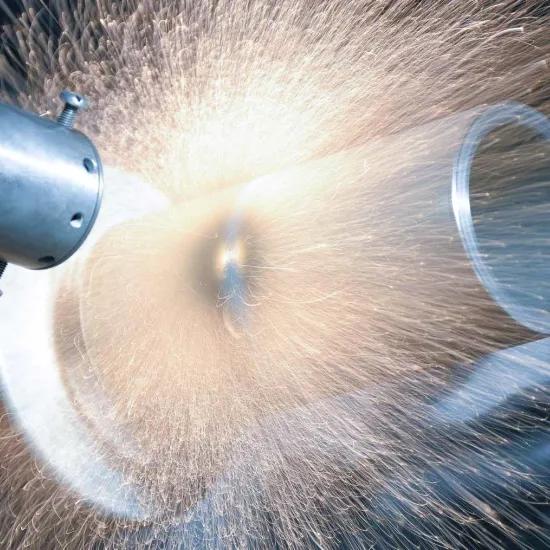How new are the new business models to reach a circular economy actually? A look to the past can also teach us some things, thanks to the 18th century engineer and inventor James Watt.
We are always talking about the new business models necessary for the transition to a more circular economy: selling a service rather than a product or offering product-related services to extend the life of the product, but still capturing value. The customer's aversion to invest in products that are not part of the core business may be a reason to set up such business models. High quality products that have a technical life span are also sometimes difficult to sell through the traditional sales channels.
Learn from the past
Why reinvent the wheel when a trip through history can get us on track? In a letter of 17 October 1776 from James Watt addressed to Jonathan Hornblower, in the context of the commercialisation in the UK of his 25 very expensive first steam engines (with high efficiency) which will pump water out of the mines, Watt writes: “Our profits arise not from making the engines but from a certain proportion of the savings in fuel which we make over any common engine that raises the same quantity of water to the same height. A third part of these savings is to be paid to us annually for twenty-five years.”
Based on calculations of the increased performance of the (pump) engines compared to the old Newcomb machine, Watt drew up a table of conversion factors that compare his (pump) engines with hypothetical dimensions of a Newcomb type engine. Subsequently, the correct conversion rate from the table in a contract was included in the price formula to determine the invoice amount. It was a fair agreement, but it did have a disadvantage. The customer had little knowledge and therefore limited insight into how the conversion factors were calculated, as a result of which some customers became somewhat suspicious.
Other sources also mention that employees of the steam engine manufacturer visited the factories where the machines were used on a monthly basis, in order to record the number of revolutions or work performed (via simple mechanical counters). These data were then used as the basis for invoicing the service provided.
The so-called new business models have therefore already been investigated before and in most cases the legal and other non-technological obstacles have already been solved. Information and experience from other applications or from other sectors may certainly be worth exploring.
A recent example
Who takes the responsibility for damaged tools in a lending, sharing or leasing business model for these tools? That’s clear, the lessor, lender is liable in case of possible damage to the shared tools. Transparent general conditions and clear contractual stipulations make it possible to solve these obstacles. After all, there have long been all kinds of rental, leasing and other systems that can serve as a basis for such a sharing system. (Source EY )
Apparently it is more difficult for production companies than for service companies to get started with these economic models. As a manufacturing company, therefore, you should look at service companies to learn!
As James Watt experienced in his time, open and transparent communication with simple messages for the customer is crucial for these service-oriented business models to be success.
Are you going to do what James Watt did?
Do you want to know more about how your company can also take steps towards these new business models or are you keen to find out about other inspiring cases and examples? Download our extensive whitepaper!




